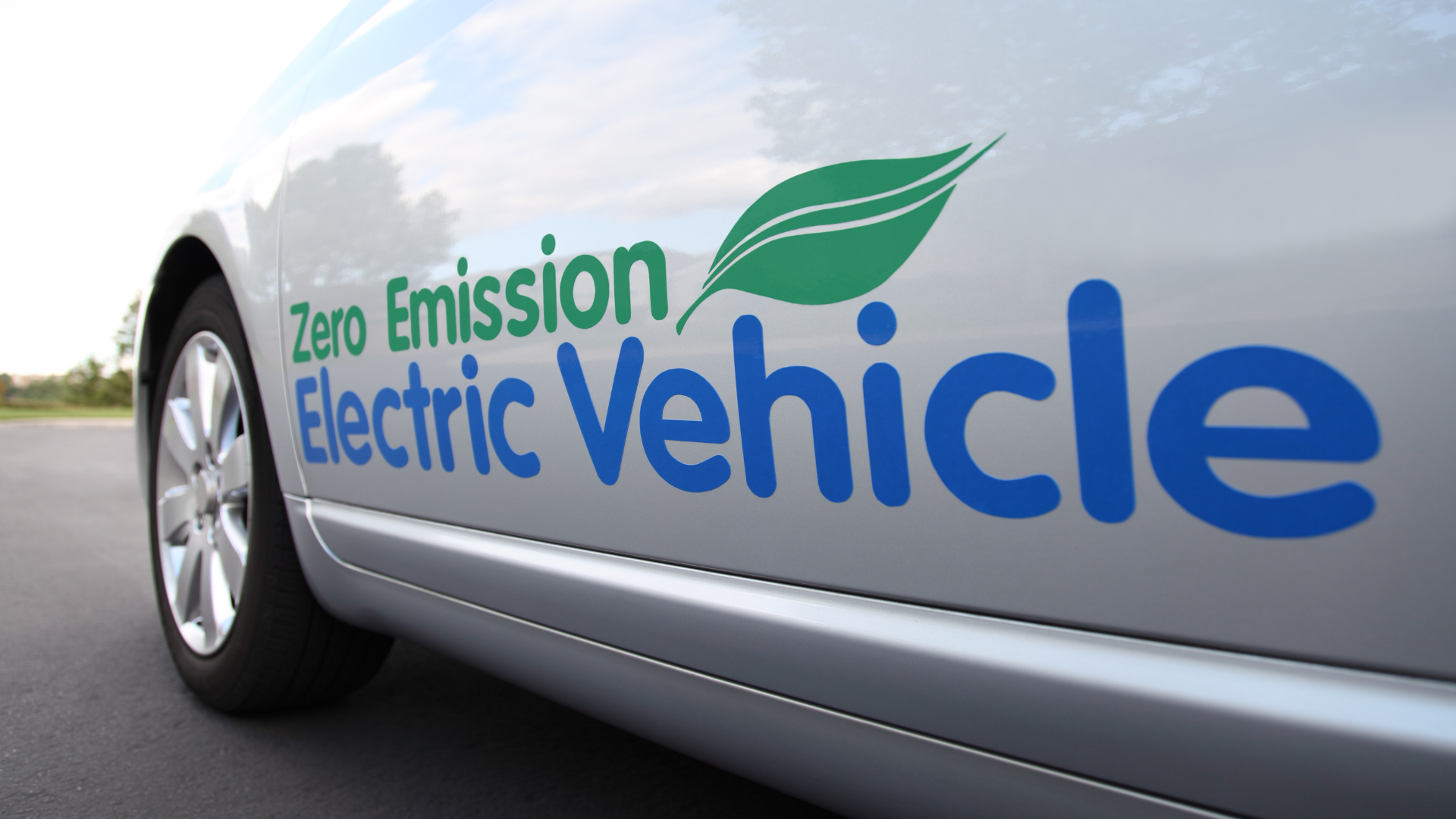Electric vehicles finally plugging into the Philippines
- May 26, 2025
- 0

By Jose M Layug Jr., Senior Partner at DivinaLaw
The sight of empty electric vehicle charging stations (EVCS) in Philippine shopping malls and commercial buildings is now a thing of the past. When once upon a time nobody took much notice of these seemingly innocuous small public setups, EV owners today line up from early morning at free charging stations as the Philippine EV industry finally sees long-awaited record growth.
From sales of only 214 units in 2019, 378 units in 2020 and 843 units in 2021, EV sales surged to 3,091 units in 2022, 10,602 units in 2023 and 18,690 units in 2024 – which is about time, given that a Philippine Congress study in 2024 found that Metro Manila has the worst traffic congestion among metro areas in the world.
Out of 387 cities across 55 countries, the congested capital also registered the longest average travel time for a 10-kilometre route at just over 25 minutes.
The current transportation model in the Philippines heavily relies on fossil fuel-based combustion engines. The transportation sector is the largest source of air pollution and energy-related greenhouse gas emissions, accounting for 34% of the total, with road transport contributing to 80%. Some 74% of air pollutants come from cars, motorcycles, trucks and buses.
Aside from pollution, the price volatility of oil products and heavy dependence on imported fuel pose a challenge to energy security and independence.
To address these challenges and push for sustainability in the transport sector, Republic Act No.11697 – or the Electric Vehicle Industry Development Act (EVIDA) – was passed into law in 2022, followed by an executive order that modified rates of import duty on electric vehicles, parts and components. In 2024, the government expanded this executive order to eliminate tariffs on EVs and their components for five years.
The Comprehensive Roadmap for Electric Vehicle Industry (CREVI) has since set targets and strategies for high-level government action plans to develop the EV industry.
The CREVI has four components: (1) EV and EVCS; (2) manufacturing; (3) human resource development; and (4) research and development.
The Department of Energy (DOE) has issued EVCS policy guidelines to promote adoption of EVs by developing a robust charging infrastructure. The CREVI has attracted investments in EV assembly, including strategic parts and components such as charging stations, automotive electronics, battery manufacturing and mineral processing.
The CREVI has set targets for the year 2040 intro three sections: short-term, medium-term and long-term. By 2040, on a business-as-usual basis, the government hopes for at least 2.5 million EVs and 20,400 EVCS.
As of April 2025, the government has recognised and accredited 687 battery electric vehicles, 55 plug-in hybrid electric vehicles, 88 hybrid electric vehicles, and 80 light electric vehicles.
Among suppliers, China’s BYD brand has so far captured a remarkable 69% market share in the battery EV segment, and 82% of the new energy vehicle market. With its comparatively low prices, BYD is the leading player.
Government initiatives to promote EVs such as the public utility vehicle modernisation programme and the DOE electric tricycle project have meanwhile been successful in increasing the number of electric jeepneys and tricycles on the road.
Collaboration between government agencies, Manila Electric Company and city governments for the “e-Sakay” route and a trial of electric jeepneys in Iloilo City are also positive developments.
Private companies such as DHL Express Philippines and Mober are also re-fleeting with EVs. DHL Express has expanded its EV fleet with13 e-UVs and five e-MCs, which can travel up to 250km and 140km, respectively, on one charge. Meanwhile Mober, Ikea’s delivery partner in the Philippines, has introduced 10 electric vans and two electric trucks, setting the pace for other companies to set their own green goals in transportation.
As the EV industry continues to surge, the government must improve the infrastructure required – including more charging stations nationwide – and expand local EV manufacturing and assembly capabilities to accelerate adoption.
To drive momentum, fiscal incentives and other support mechanisms must also be enhanced.
These efforts will hopefully contribute to creating more jobs, generating export revenues and transitioning to sustainable, clean transportation – perhaps making the Philippines a hub for green technology in mobility.
This article was originally published on Law Asia.
About the Author

Atty. Jose M. Layug, Jr. is a Senior Partner at Divina Law, with extensive expertise spanning litigation, corporate law, energy, infrastructure, and international arbitration. A seasoned legal professional, he has held key leadership roles in both the public and private sectors, including Undersecretary of the Department of Energy and Chairman of the National Renewable Energy Board. He is a former Dean of the University of Makati School of Law and has practiced law internationally, including in New York. He holds a Master of Laws (with Honours) from Cornell Law School and a Bachelor of Laws from the University of the Philippines.
Follow Power Philippines on Facebook and LinkedIn or join our Viber community to stay up to date on the latest energy news.